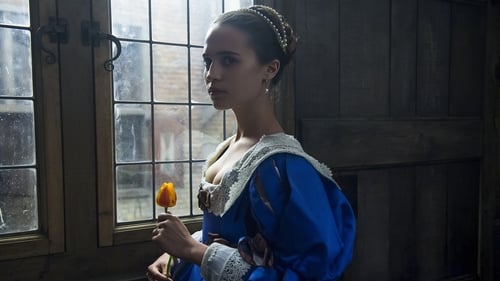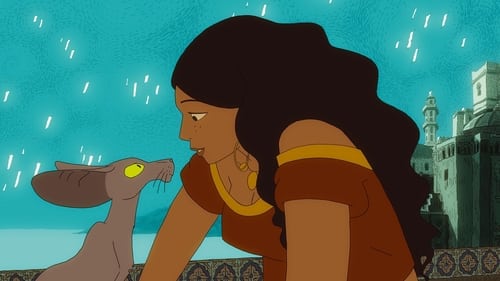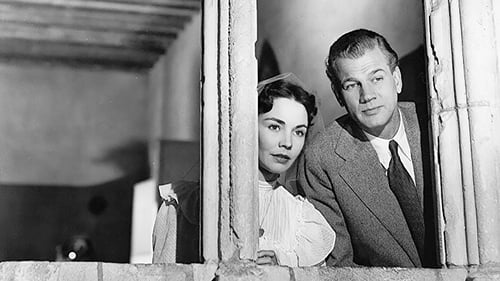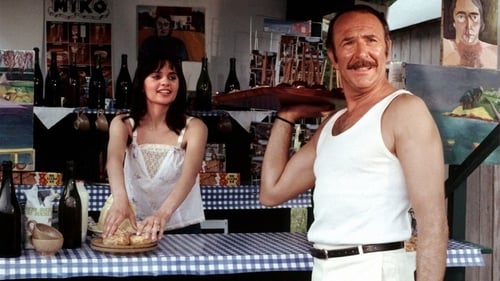Ett porträtt av John E. Franzén (1985)
Genre : Documentary
Runtime : 45M
Director : Håkan Wretljung
Synopsis
About the artist John-Erik Franzén and his work to portray the Swedish Royal family 1984-85.

An artist falls for a married young woman while he's commissioned to paint her portrait. The two invest in the risky tulip market in hopes to build a future together.

The story of a rabbi and his talking cat, a sharp-tongued feline philosopher brimming with scathing humor and a less than pure love for the rabbi's teenage daughter.

A mysterious girl inspires a struggling artist.

Henri Serin, a sales rep in umbrellas who lives in Saumur, is bored with his life. Married to an unloving, uptight wife, who, unlike him, has no interest in sex, he is also rejected by his children. Thus, he spends most of his time travelling from town to town, flirting with women and meeting all kinds of people in the hotels, restaurants, shops and places he visits. He also dabbles in painting, particularly portraits. After his car breaks down as he is driving through Brittany, he meets a rough, foul-mouthed painter who offers him to stay at his house, near Pont-Aven. There, Henri falls in love with Angela, the painters model and fling, and soon they run off together...

A feature-length documentary portrait of Québécoise painter Johanne Corno, who has lived and worked in New York City for more than 20 years. Ignored by the art intelligentsia in Québec, she settled abroad to escape that creative constraint, and built an enviable international career. Today, she casts a lucid eye on her work and describes the resources she draws on to survive in the jungle of the contemporary art world.

Exploring the art of Armenian portraitist Hakob Hovnatanyan, Parajanov revives the culture of Tbilisi of the 19th century.

This documentary brings alive a remarkable artist’s passionate journey through a turbulent century. Both epic and surprisingly intimate, the film presents a classic American immigrant saga, an inspiring search for artistic independence, and a great romance. Along the way, Biberman's growing commitment to social justice and struggle against McCarthy-era repression (his brother, director Herbert Biberman, went to prison as one of The Hollywood Ten) combine with his efforts to create both a loving family life and a groundbreaking body of work. With its grand scope, rich personalities, and vast array of breathtaking artwork, Brush With Life connects us in a deeply personal way to a brilliant artist who lived by the same high standards he set for his paintings.

Chuck Close, an astounding portrait of one of the world's leading contemporary painters, was one of two parting gifts (her second is a film on Louise Bourgeois) from Marion Cajori, a filmmaker who died recently, and before her time. With editing completed by filmmaker Ken Kobland, Chuck Close lives the life and work of a man who has reinvented portraiture. Close photographs his subjects, blows up the image to gigantic proportions, divides it into a detailed grid and then uses a complex set of colors and patterning to reconstruct each face.

Schtonk! is a farce of the actual events of 1983, when Germany's Stern magazine published, with great fanfare, 60 volumes of the alleged diaries of Adolf Hitler – which two weeks later turned out to be entirely fake. Fritz Knobel (based on real-life forger Konrad Kujau) supports himself by faking and selling Nazi memorabilia. When Knobel writes and sells a volume of Hitler's (nonexistent) diaries, he thinks it's just another job. When sleazy journalist Hermann Willié learns of the diaries, however, he quickly realizes their potential value... and Knobel is quickly in over his head. As the pressure builds and Knobel is forced to deliver more and more volumes of the fake diaries, he finds himself acting increasingly like the man whose life he is rewriting. The film is a romping and hilarious satire, poking fun not only at the events and characters involved in the hoax (who are only thinly disguised in the film), but at the discomfort Germany has with its difficult past.

“The Dreamlife of David L.“ is a fictional feature film that takes inspiration from a key point in the life of director David Lynch: the time he spent as a student in a fine arts college. Initially attracted to painting, David Lynch ends up choosing the medium of film to express his talent. Far from being an attempt at biography, this film is an imaginary vision where the action could take place today. Which encounters or events leave their mark on the young David L. during this year as a student? “The Dreamlife of David L.” is a dreamlike journey that leads the viewer through the meanderings of this art school. There’s no need to be familiar with the cinematographic works of Lynch to follow the young David L. step by step, going behind the scenes with him.










